How to Use Anki — For Language Learners
This is a quick introduction to on how to use Anki to learn languages — still the best flashcard tool for learning languages.
Everyone tells you that you should use flashcards… but you hate flashcards! Join the club. Even though you hate them, flashcards are one of the best ways of learning difficult words and phrases. (And if you really do find them boring, try these other fun ways of drilling in words.)
It’s tempting not to use flashcards. Maybe you’ll just make a list of words. Maybe you’ll learn organically. There are good reasons not to use flashcards — definitely not to use them obsessively.
But either way, at some point there is going to be a series of words that are hard to learn. And Anki is still the best flashcard tool, and one of the best ways to learn hard-to-learn words and phrases.
There are many reasons why Anki is our favourite flashcard tool.
- It’s free (on most platforms),
- It’s widely used (so everyone has tips/resources),
- It’s flexible (extensible, customisable, etc.), and
- There are loads of free decks for you to learn things — mostly in the language-learning and the medical sphere.
There are also a few reasons you may not like Anki. Mostly because it’s a little clunky and complicated. But that’s why we have this guide — to help you get started with Anki learning languages.
Also read: Our favourite apps for language learning, and how to use them
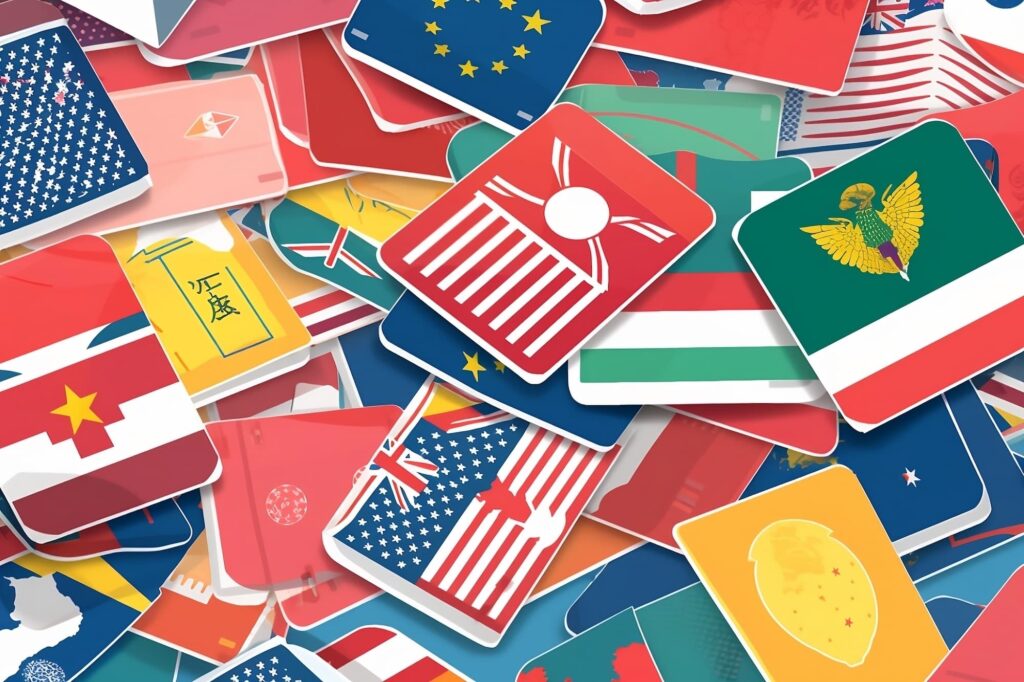
How to Use Anki for Language Learning — A Quick Overview
In this guide on how to use Anki, we’ll go over everything you’ll need to know about how to use Anki to learn languages faster.
We’ll cover
- Why use flashcards for language learning (or why not…)
- How to best use flashcards (irrespective of which system you use)
- Why use Anki for flashcards (or maybe why not!)
- How to get started with Anki — getting through the complex user interface
- Apps to use for Anki, and how to sync between desktop and mobile
Enjoy!
Become a Language Discoverer
Want more great language learning tips from people who’ve learned to speak 10+ languages? Sign up to our email list below.
Why Use Flashcards?
There are three main reasons people use flashcards. Feel free to skip over this if it’s old news!
Firstly, because of “spaced repetition“. A slew of research reports have shown that spaced repetition is the most efficient way to memorize new information. This includes vocab, but also anywhere else where you need to memorize things.
Our brains are leaky sieves made of organic matter. We forget very easily. But there’s a trick to helping us remember. If you remind yourself of something just when your brain is on the verge of forgetting it, you will remember it for much longer the second time around.
That’s how spaced repetition works. You learn something. You remind yourself of it a few hours later. Then a day later. Then a few days, then a week and then… you’re done.
Actually, our favourite spaced repetition app doesn’t even have cards — it’s very focused on audio — Glossika!)
Try Glossika for a Week for Free
Try Glossika’s method of teaching language through thousands of sample sentences. Learn languages by sentences spoken by native speakers in over 60 languages.
Of course, if you have difficulty remembering a word, the spacing will stay close.
The second reason we use flashcards is to take notes. Flashcard programs are an efficient way of cataloguing all the words we know, for later learning.
Yes, we also like to use Google Sheets or notebooks to write all the words down. But a flashcard application is nearly as convenient. And it’s all in one place.
Finally, studying using flashcards is convenient and easy. Yes, it’s taxing on the brain (it actually puts me to sleep pretty effectively). But it’s easy to find fifteen minutes here and there to open up a flashcard deck and start going through words. It’s not ALWAYS the best way to study, but it makes reviewing hard words easier.
How to Best Use Flashcards in Language Learning
The most important thing to remember when using flashcards is to remember it’s a mnemonic device, not a game. For example, if I sent you a flashcard deck of Swahili words, I’m 100% confident you could learn them all with enough time. But you wouldn’t be able to speak Swahili in the end!
So these are our suggestions for how to use flashcards to learn a language:
Learn words in the context of sentences. Don’t just learn the words mechanically, like memorising the word for “to eat”. Learn sentences. Make sure you can use every word in context. For example, rather than learn “to eat”, learn sentences like “I feel like eating” or “I just ate, I don’t want to eat right now”. Say them back to yourself.
You can even use Anki to just learn entire sentences, like Glossika does (or you can just use Glossika… but it’s not customisable like Anki is… or free).
Learn properly; don’t take shortcuts or “cheat”. Make sure you really know the words and sentences you study. If it takes you a moment to remember or you nearly got it right, you don’t know it yet!
Configure your cards right. This is more of an advanced topic, but definitely use cards that have a) two sides, b) audio, and c) the target language’s writing system. You can make your own audio!
Make sure you can pronounce the words. Say the sentences out loud, and consult your dictionary if you are unsure.
Finally, don’t over-invest in flashcards. Some people obsess over learning everything perfectly. We’re human! In fact, I often go in and delete old flashcards, if I’m still studying actively. Out with the old, in with the new.
Side Note: Why NOT Use Flashcards?
There are a few reasons why one should not get obsessed with flashcards.
Remember that flashcards are a mnemonic tool. Studying with flashcards is a way of studying, not of learning a language.
Firstly, it’s easy to get stuck in a productivity trap with any app. You get obsessed over learning every word, or feel like going through flashcards is the most productive thing (when usually it’s talking to someone live).
Don’t obsess. If you’re struggling over a word or phrase, set aside time to go and study it, but don’t stop studying basics because of one hard concept.
Similarly, I recommend regularly deleting old flashcards (e.g. those with an interval of over one to three months or that you’ve studied 10 or more times) if you’re still studying actively. Deleting a flashcard doesn’t mean deleting it from your brain. If you need to re-learn it, you can make a new card.
See more on why delete old flashcards here.
Note when you’re getting a little obsessed. Sometimes, we feel overwhelmed by our flashcard routine, and it becomes getting through it for the sake of getting through it. If you find you’re at this point, then it is important to be able to tell yourself to stop. Either start deleting them, or start re-shuffling your deck (scheduling cards for the future).
I would generally suggest people spend around 30 minutes a day on flashcards, focusing on things that are important but difficult to learn. Beyond that, I’d definitely go do other things like listening, speaking, and reading.
Why use Anki and Not Some Alternative Flashcard Software?
Anki has been the gold standard for flashcard software for a LONG time. Most people think of Anki and Memrise. Memrise is a fine app and can do a lot of stuff. But here are a few reasons why we just keep coming back to Anki.
Anki is free. Most other flashcard apps or websites charge you a small membership fee. Anki is free and donation-based.
Anki offers cross-platform syncing. While it’s best to start on your computer, you can set up syncing between your phone and your desktop computer. Again, it does this for free, whereas other services charge for doing it over the cloud.
Anki uses a well-known standard deck format. Some websites give away or sell Anki flashcards to help you get through things — language tests, or exams in other disciplines. This is an easy shortcut to a starter deck of cards in case you don’t want to go through the task of building your own deck.
That being said, I would highly advise that you create your own deck. The act of making your own cards is very helpful to the learning process. The act of creating cards is a part of studying and helps retain vocabulary and concepts much better than downloading a pre-created deck online.
Anki has rich functionality that is customizable. Many of Anki’s features are great for language learning. For example, you can associate audio recordings with cards to help pronunciation or even pictures if you’re a visual learner.
Reality Check: Why NOT Use Anki?
Anki isn’t for everyone. It’s feature-rich, but that also means its complicated. The user interface can be overwhelming when you’re just trying to get started.
Alternatives to Anki are plentiful and not too expensive.
We would recommend you seek an alternative to Anki if you:
- Never want to build or modify your own card decks
- Think the interface is too ancient and that bothers you
- Don’t want to learn the Anki setup. The system isn’t the most intuitive.
- Don’t mind paying money, or being locked into another flashcard ecosystem
- Hate flashcards in general
Nobody’s twisting your arm. There are dozens of ways to learn a language!
How to Get Started Learning Languages with Anki
We got started with Anki by watching a YouTube introduction on a topic other than language learning (it’s also super popular with med students). Here it is: Anki Flashcard Basics.
If you already use Anki, then you might want to read our questions and answers (“FAQ”) on pro tips on setting Anki up for language learning.
Step 1: Download the Anki App on your computer
Start using Anki on your computer. The app works well on Macs or Windows. You can worry about syncing later to your phone.
Don’t get started on your phone: it’s much harder to make and configure lists.
FYI — once you get started with your computer and you have your deck well set up, there might be long periods where you just use your phone.
Step 2: Create Your First Anki deck and Add Notes
You want to use a single “deck” for your language. It’s tempting to think you need a separate deck for each category, but there are good reasons not to do that (see this question in our FAQ on Anki for serious language learning.)
- Break up decks into topics based on whatever you might be studying – ex: introductions and greetings, names of countries, and directions.
- Once you’ve named the deck, you can now start adding flashcards. A flashcard (or really, a set of flashcard fields) is called a “note” and can be broken up into multiple cards (like front-to-back, back-to-front, etc.).
- Click “Add” and decide on the note type you want.
- When you select “Type”, you’ll have the following options. Check out the YouTube video to get more info on these card types. Anki Flashcard Basics
In a nutshell — use the Basic (and reversed card) type. It’ll be the most useful one for a long time.
Here are the types you may want to consider:
- Basic: Two-sided card. Side one has a question, the reverse side has the answer. This works
- Basic (and reversed card) — This is our favourite!: Creates a card in both directions.
- Card 1 – front: “Book”, back: “Livre”
- Card 2 – front: “Livre”, back: “Book”
- Basic (optional reversed card): Basic card with option to select reverse card.
- Cloze: Select a text and omits the portion of text you want to remember.
- Front – Je {…} un croissant.
- Back – Je mange un croissant.
I recommend keeping things simple initially to not get overwhelmed with the options you have with Anki. But to start with, don’t use “Basic” — at least use the “Basic (and Reversed)” type.
This means that for every “Note” you create, you get two cards — one that’s front-to-back, and one that’s back-to-front.
What’s a “note” and what’s a “card”? A “note” is a pairing of things like English and your target language. The “Card” is all the ways in which you study it, e.g. going from front to back, back to front, or other things if there are other fields (like audio). See here for more of a discussion of Anki notes vs cards.
If you’re always selecting the same card type, it will always default to this selection and you won’t need to choose it every time.
Quick pro tip — it’s super easy to add audio into cards using either the computer or the app. You can add audio of your own voice, and yes, it’s OK to record yourself mispronouncing the audio. You’ll improve over time, and when you go over earlier cards, you can re-record it easily.
We also like to use AwesomeTTS to add synthetic or even AI-generated audio.
Step 3: Explore more of Anki’s functionality
Once you’ve got the hang of creating simple cards and studying, try out some of the other functionality, such as using photos, audio or cloze.
We often use photos or cloze cards when we have a word or phrase that we have trouble remembering. (One of our tips on how to learn difficult words!)
Depending on the language you’re learning, you might like to start modifying the format of the cards that you’re given.
For example, if you’re studying Chinese, you might like to have a card that has four fields: Chinese characters, your language (e.g. English), Pinyin pronunciation, and audio. Then you can create cards to prompt you in two or three of those things.
Step 4: Start using Anki regularly!
Set time in your calendar for flashcard review. As mentioned above, don’t add too many flashcards every day. You should plan to review flashcards for about 20-30 minutes a day and take a break once in ten days (roughly).
If you want to study for a solid 20 to 30-minute block every day, we recommend adding no more than 10 new cards a day. Your reviews can really add up, and you don’t want to review quickly just to “get through them”.
Step 5: Don’t Let Anki Rule Your Life
Anki is cool. It’s effective. But it should never become your whole life, your entire language-learning routine, or something you hate.
We think of Anki as staying generally active, like walking. It’s important to do it every day, but if you go out on a 10-hour hike, you’ll be so exhausted you won’t do it again for days (or weeks).
And like walking, Anki shouldn’t be the only way you learn. There are many ways we can generally learn languages in our everyday lives, including
- Keeping a journal
- Listening to podcasts or watching television shows
- Thinking up sentences and writing them down
You can easily find articles about Anki burn-out by perusing Reddit or just googling it. People totally flame out after a year or two. Don’t do that. Do the amount that you can while keeping sane, even if it’s just five minutes a day.
And if reviews become overwhelming — take a break. Stop adding new cards, and just do reviews until it’s over.
Using Anki Apps on iPhone and Android (and how to sync Anki with your phone)
Make that time sitting on public transport (or on the loo) productive!
Also, flashcards put us to sleep. Studying is a great way to knock yourself out.
Syncing Anki between computer and mobile is one of the best bits that has really gotten better over the years. It’s not perfect, but it’s free and it works. (In the dark ages, you could only sync to a web interface, and it was done via Dropbox).
To sync between your Anki desktop and your phone, create an AnkiWeb account. There, you can already use Anki online!
Next, download the mobile apps.
- Pre-warning: Do not download anything but the following apps. People have stolen the “Anki” name and misuse it. There are a few that sound similar but are unsupported and incompatible.
- For Android, download AnkiDroid. It’s free.
- For iOS, buy the AnkiMobile iOS app. It’s US$24.99. By paying for it, you’ll be supporting the free Anki software, plus Apple shareholders.
- For iOS if you don’t want to pay yet, you can use the web interface for Anki. It’s nowhere near as nice, and it needs an internet connection, but it’s free.
If you’re wondering “Is AnkiMobile worth the $24.99?”, yes, Anki is the one app that language learners all need. But if this is your first time with flashcards, absolutely get used to using them (like on your computer, or on the web interface) before spending money.
Wrap Up
Anki isn’t for everyone, but we prevaricated for years before using it, and regret taking too long.
Even after starting to use it, we’re still learning about how to best adapt it for language learning.
Hopefully this guide has been helpful. If you have other questions, let us know.

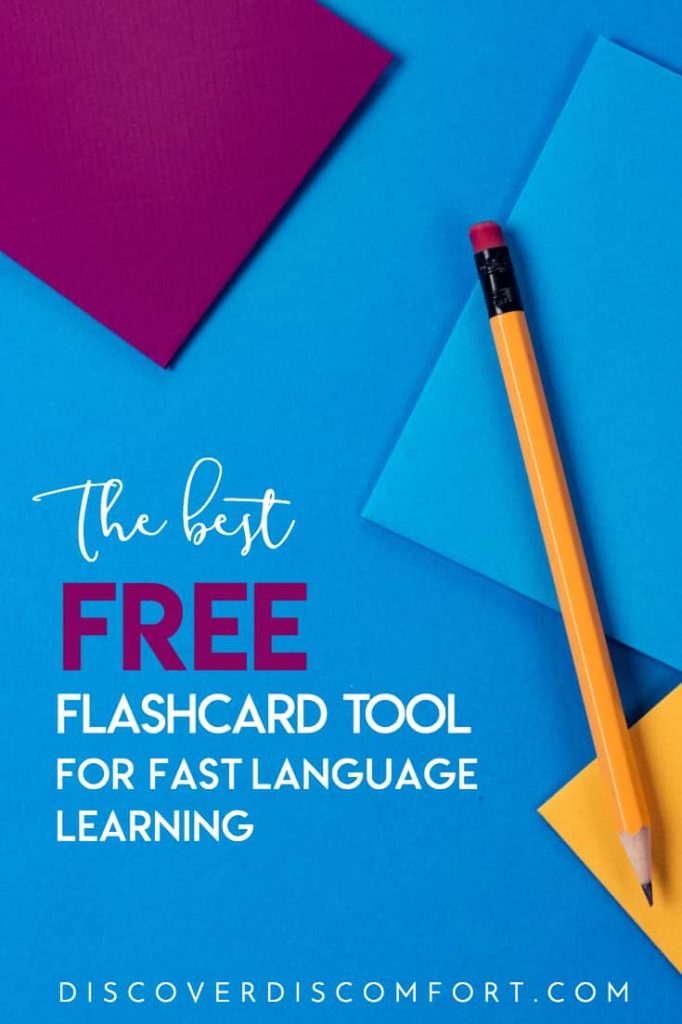

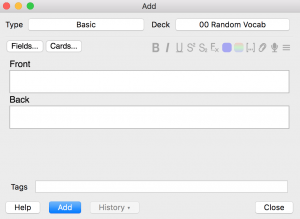


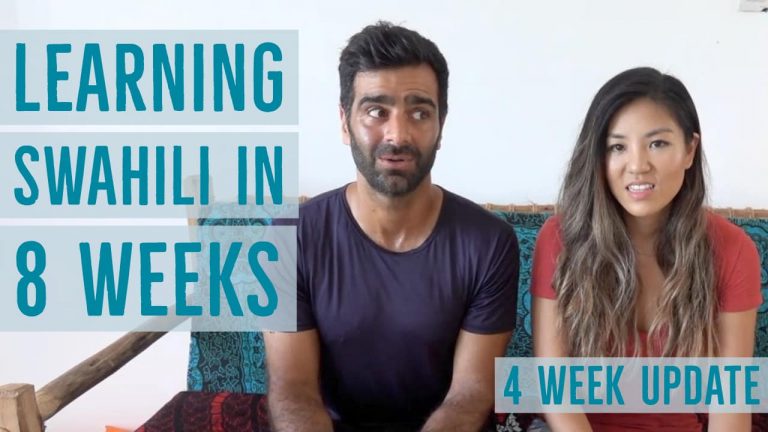


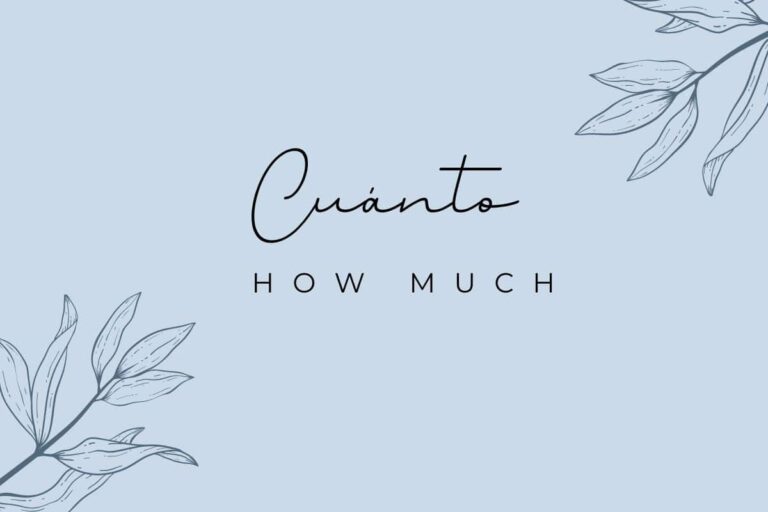
Very nice piece, thanks! It’s important to note that Anki should be installed on your laptop or desktop before you start using your phone.
Very helpful review, thanks very much. I’ve been using Glossika for Persian too, and I’m enjoying it so far.
great, organized website!